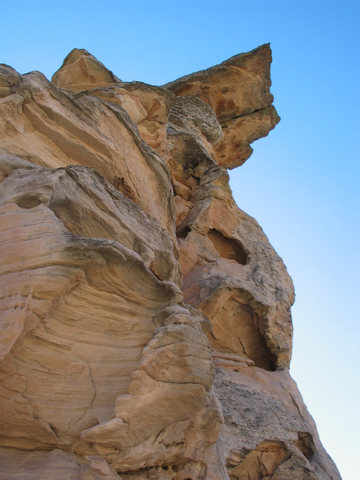
I watched Sony's
Surf's Up! the other day on the small screen. The use of natural phenomena was refreshingly ambitious most of the time and comically over-ambitious at others. Overall, it improved my impression of Sony's Animation group. A group of Sony Animation VPs and others came out to BYU for a visit a few weeks ago. They had good feedback for my student Cory Rheimschussel's cloud effects in "Kites" (mostly "that's hard, good luck") and the concept art for "Cloudy With a Chance of Meatballs", some of which was done by a BYU animation intern, looked great.
Back to "Surf's Up!"... it was good to see directors use weather, wind and time-of-day in a story. Scenes on the beach front, generally, included trees moving in the ocean breeze. A few scenes were actually set in weather other than sunny and clear. The rain was nicely done as was the sea fog. To my recollection, this is the first film in which trees moved in the wind and the weather was part of the set. Nice job.
Early on, there was a scene in which Cody rode a whale out of Shiverpool. Unfortunately the water-to-foam transition on the whale's wake was done poorly. Laughably poorly. I felt like I was watching a concept shot in dailies. I was surprised that it made the final cut. The transition seemed to be implemented as "when the curvature passes horizontal, switch immediately to foam!"






